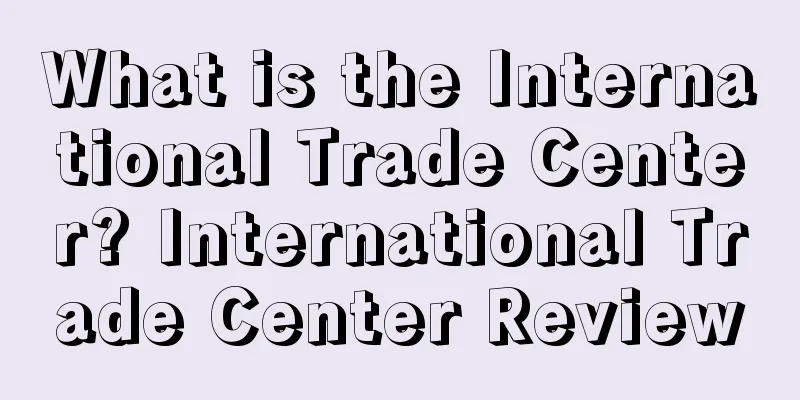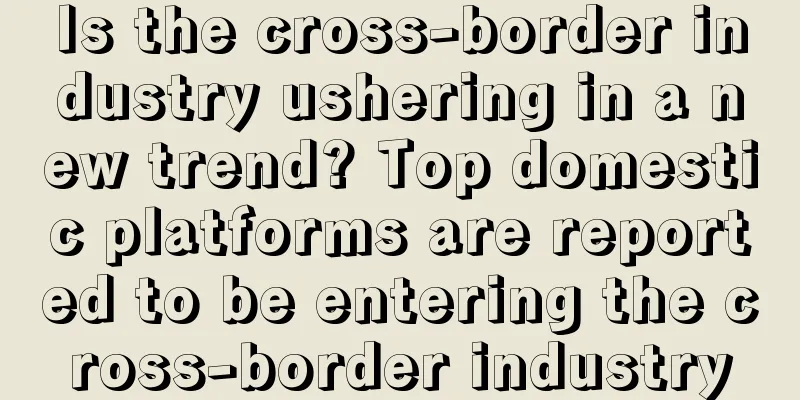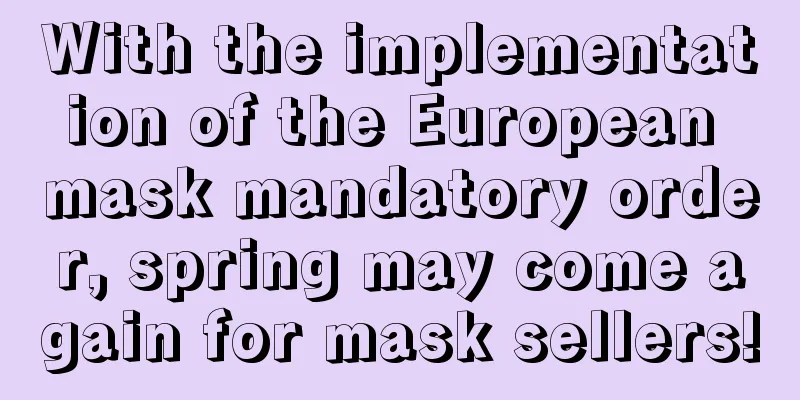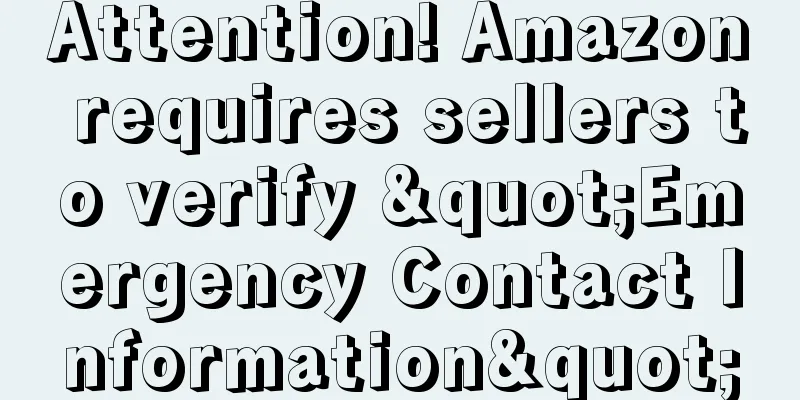What is the International Trade Center? International Trade Center Review

|
The International Trade Centre (ITC, French: Centre du commerce international (CCI)) is a subsidiary body of the World Trade Organization (WTO) and the United Nations Conference on Trade and Development (UNCTAD), and provides trade-related technical assistance. The WTO's work mainly covers international trade rules, while UNCTAD focuses mainly on research and promotion. In comparison, the International Trade Centre has a narrower scope of work, and its work is limited to promoting exports from (so-called) developing countries and economies in transition. The agency's work is limited to technical assistance, which is rare in the United Nations system. Most other agencies that provide technical assistance provide multi-sector or multi-category assistance. Founded in 1964 Headquarters in Geneva, Switzerland Website http://www.intracen.org The International Trade Centre is headquartered in Geneva and has an office in Mexico City. history The International Trade Information Center is the predecessor of the International Trade Center. The General Agreement on Tariffs and Trade (GATT) adopted in 1964 aims to help developing countries develop their export promotion services and assist them in training the necessary personnel to promote their efforts to promote exports by providing them with information related to export markets and marketing. In order to streamline the export promotion work within the United Nations system, the General Agreement on Tariffs and Trade (the predecessor of the World Trade Organization, but the World Trade Organization does not belong to the United Nations system) and the newly established UNCTAD reached an agreement to establish a branch to integrate the trade promotion work of the two institutions. The agreement was reached in 1967, and on January 1, 1968, the International Trade Center was officially established (without using the term "Trade Information Center"). The International Trade Centre cannot be described in a systematic way. Therefore, the following description may be inaccurate. The International Trade Centre provides a variety of services to its partners. In its work, it divides partners into three categories: policy makers, trade support institutions and enterprises. Some services are designed specifically for a certain type of partner, while other services are provided to all partners. In principle, there is no limit to the scope of the services provided by the International Trade Centre. The agency will design the content of its services according to the specific requirements of the beneficiary country or donor. Since its most recent major reorganization in 2006-2009, the International Trade Centre has organized its work into five "business lines": export strategy, trade policy, capacity building of trade support institutions, exporter competitiveness and trade information. In addition to being classified by business line, ITC services can also be classified by the way they are provided, including: publications, trade information databases, capacity building (such as training), or consultancy services. For example, capacity building in the area of exporter competitiveness could be providing training to enterprises to help them overcome technical barriers to trade. A database in the area of trade information could be an online database on international trade in goods and services. Global Public Goods With the support of the European Commission (EC) and the donation to the International Trade Center Trust Fund, the International Trade Center has designed a set of market analysis tools, including trade maps, market access maps, investment maps and standards maps. This set of tools can help users query trade information for 220 countries and regions. Since January 1, 2008, the above market analysis tools have become global public products, and all users from the least developed and developing countries and regions can use these tools free of charge. Trade Map Trade Map is an interactive online database of international trade data. The data include the following indicators: export performance indicators, international demand indicators, alternative market indicators and indicators of competitor role measured by product or country classification. Trade Map is considered one of the largest trade databases in the world, with data on mirror and direct trade flows for more than 220 countries and regions and the positioning of 5,300 products at 2, 4 or 6 digit levels in the Harmonized System. Since 2001, users can query calculated data indicators (such as growth, market share, average unit value, etc.) or view data in time series (such as monthly, quarterly, annually). In 2012, Trade Map partnered with Kompass to add a new "Company Contact Information" module to help companies find trading partners in 64 countries. The annual data for the trade map comes from the United Nations Commodity Trade Statistics Database (UN COMTRADE), and the monthly data comes from the statistical offices or customs authorities of the relevant countries. Market Access Map The Market Access Map is an analytical web application that aims to achieve the Millennium Development Goal (Goal 8: Market access indicators provided by ITC, UNCTAD and WTO) objective of increasing transparency on market access and facilitating analysis of trade policy issues. The Market Access Map, also known as the “MAcMap,” presents the many types of barriers that affect international trade, such as actual tariffs (such as most-favored-nation tariffs and preferences under trade agreements), ad valorem duties, tariff quotas, trade remedies, rules of origin, certificates of origin, tariffs of WTO members, and non-tariff measures. Economic managers use the Market Access Map to track market access requirements, while policymakers use it to prepare for trade negotiations. As of 2015, the Market Access Map contains information on most-favored-nation treatment and preferential tariffs for more than 190 countries and data on non-tariff measures (NTMs) for about 70 countries. Recently, the database has been launched in French and Spanish due to the increasing number of active users from Latin America and Africa. References |
>>: What is a patent pool? Patent pool review
Recommend
Musk fired three Twitter executives for nearly $200 million! Will violent layoffs be the next step?
Musk to take over as Twitter CEO Bloomberg sources...
What is Amazon Hijacking? Amazon Hijacking Review
Amazon follow-selling is a way of selling by shari...
Amazon is strictly investigating compliance! Many illegal sellers’ stores were affected
Just after the May Day holiday, a piece of news sp...
Amazon becomes the most popular retailer, but will it be "sanctioned" by law?
<span data-shimo-docs="[[20,"最近,一个关于亚马逊的新计...
Donald Trump's chances of winning the election increased after he was shot? If Trump is successfully elected president, what impact will it have on the cross-border industry?
Anonymous user My C position At a critical moment ...
Walmart plans to introduce InHome to 40 new markets and will cover 30 million U.S. households by the end of the year!
<span data-shimo-docs="[[20,"获悉,沃尔玛提供来自3,0...
Amazon deducts payment directly from orders! New policy officially implemented
After the new year started, many UK sellers were ...
What is a variant? Splitting and merging variants
<span data-shimo-docs="[[20,"一、什么是亚马逊变体&qu...
Nearly a thousand accessories are put on the shelves in one month, paving the bitter road of an ordinary cross-border seller! Wonderful stories are full of twists and turns, ups and downs, and wonderful life is also like this...
Supply Chain Development My C position This artic...
What are the ideas for off-site marketing of new products on Amazon?
When it comes to traffic, there is nothing more t...
Advertising Mistakes: 10 Common Mistakes Sellers Make in Advertising
Estimated reading time: 7 minutes I believe that m...
Because of the epidemic, I was fired by my boss overnight...
Now, a pretentious yet true saying has begun to ci...
Amazon bugs frequently appear? Free delivery, thousands of orders cancelled...
It is learned that a few days ago, after announcin...
Amazon finally changed these features that have been complained about!
Amazon finally changed the design that has been co...
Amazon's fine store model creates hot products
How to create a hit product? Some people rely on a...









